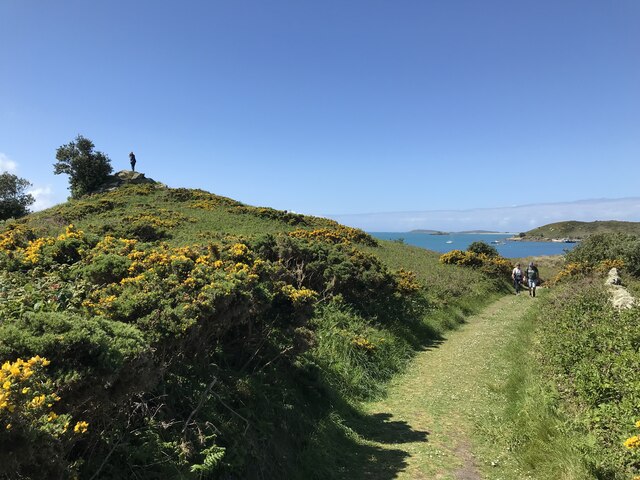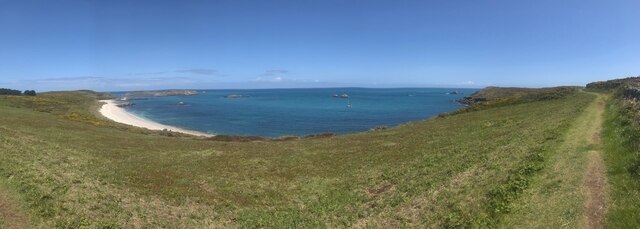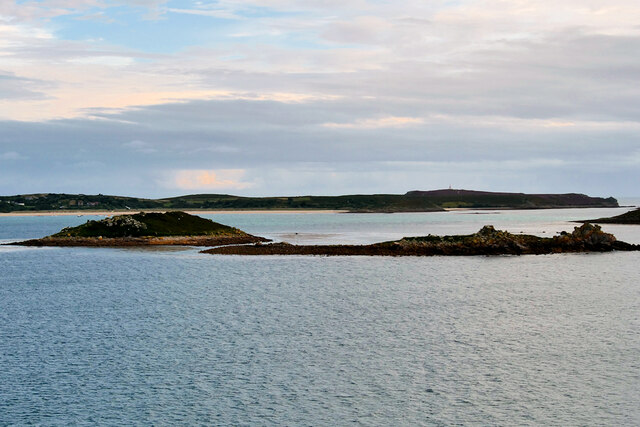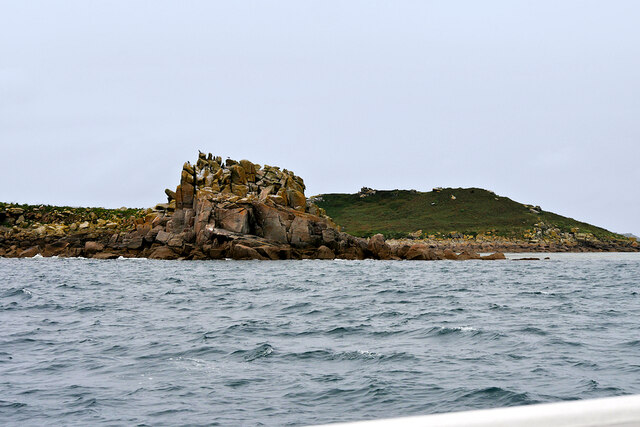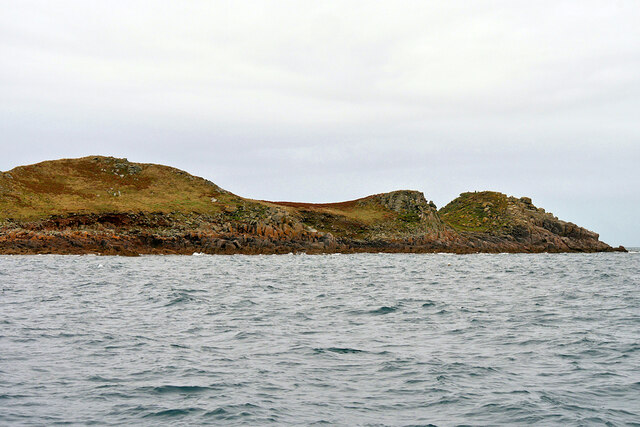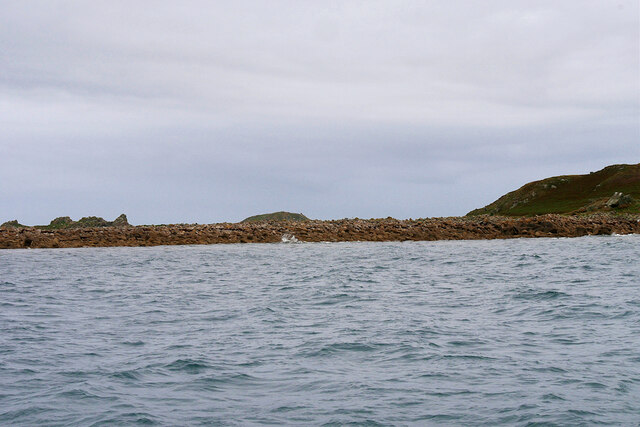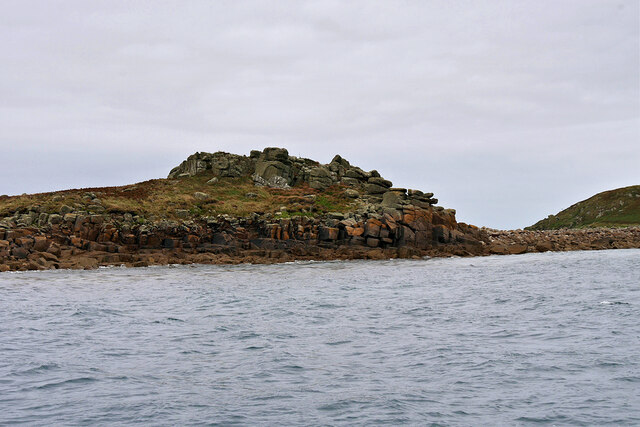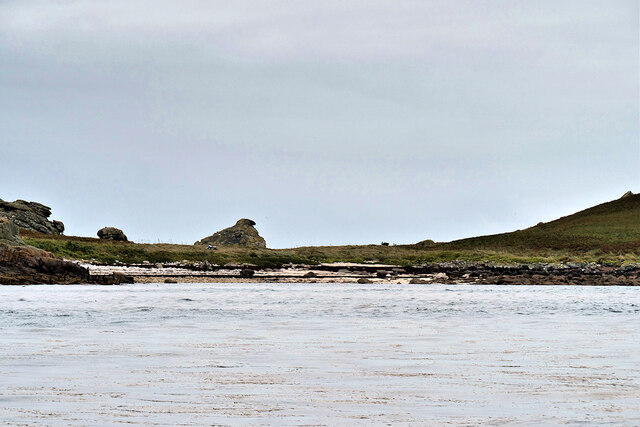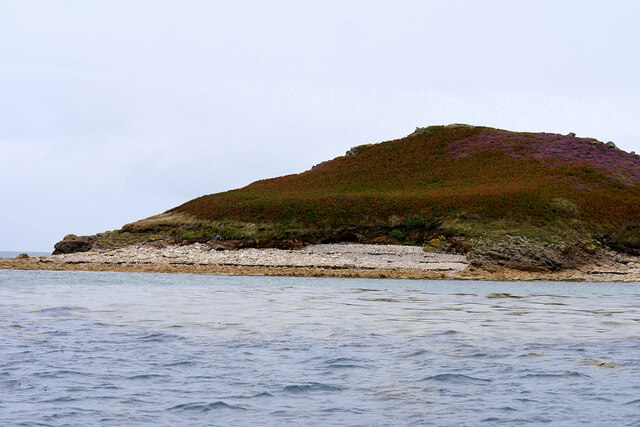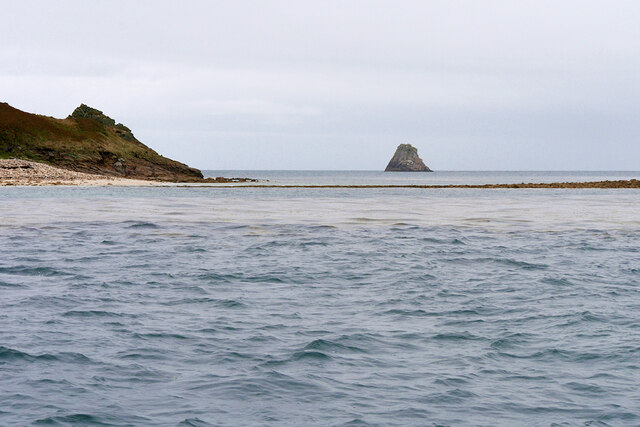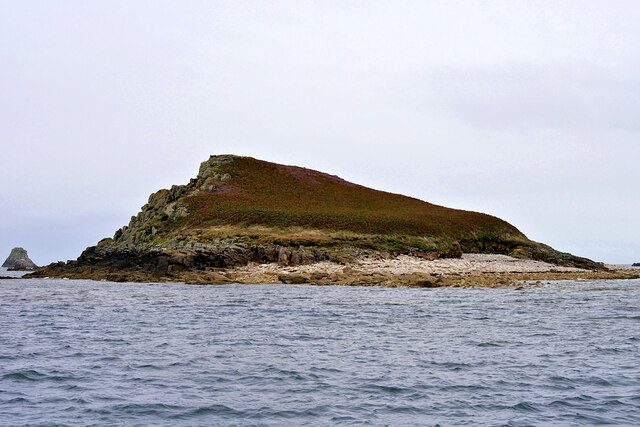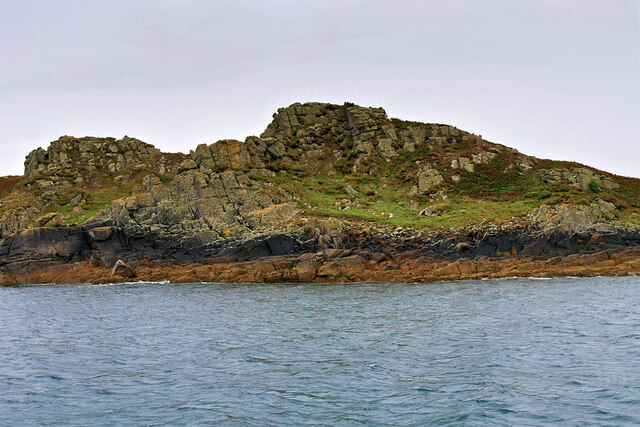Little English Island Ledge
Coastal Feature, Headland, Point in Cornwall
England
Little English Island Ledge
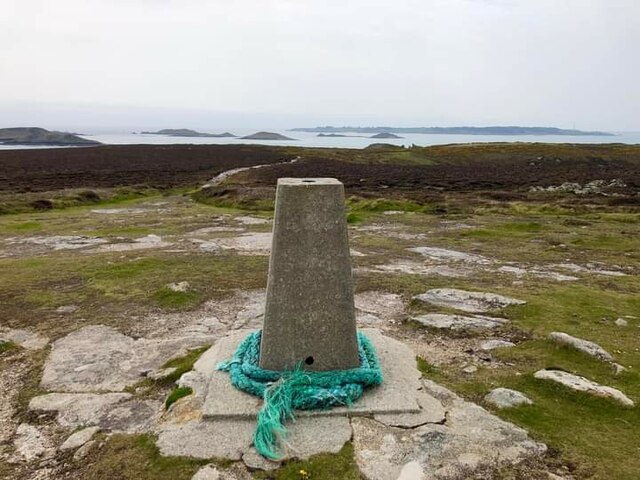
Little English Island Ledge is a coastal feature located in Cornwall, England. It is situated on the southwestern coast of the county, specifically in the district of Penwith. This small rocky outcrop is classified as both a headland and a point, as it juts out into the Atlantic Ocean, forming a distinctive land formation.
The Little English Island Ledge is composed of rugged granite cliffs, with its highest point reaching approximately 20 meters above sea level. The surrounding waters are known for their treacherous conditions, with strong currents and unpredictable tides, making it a hazardous area for navigation.
The headland is known for its picturesque beauty, offering stunning panoramic views of the ocean and the rugged coastline. It is a popular spot for tourists and locals alike, who come to marvel at the dramatic cliffs and take in the stunning natural scenery.
The area surrounding Little English Island Ledge is rich in biodiversity, with an abundance of marine life and seabirds. The rugged cliffs provide nesting sites for various bird species, including gulls, razorbills, and cormorants. Additionally, the waters around the headland are home to a diverse range of marine species, including seals, dolphins, and a variety of fish.
Little English Island Ledge has a rich historical significance, with evidence of human activity dating back centuries. It is believed that the area was once used as a lookout point by ancient civilizations, who took advantage of its elevated position to monitor the coastline. Today, the headland stands as a testament to the region's natural beauty and historical heritage.
If you have any feedback on the listing, please let us know in the comments section below.
Little English Island Ledge Images
Images are sourced within 2km of 49.95799/-6.2711698 or Grid Reference SV9315. Thanks to Geograph Open Source API. All images are credited.
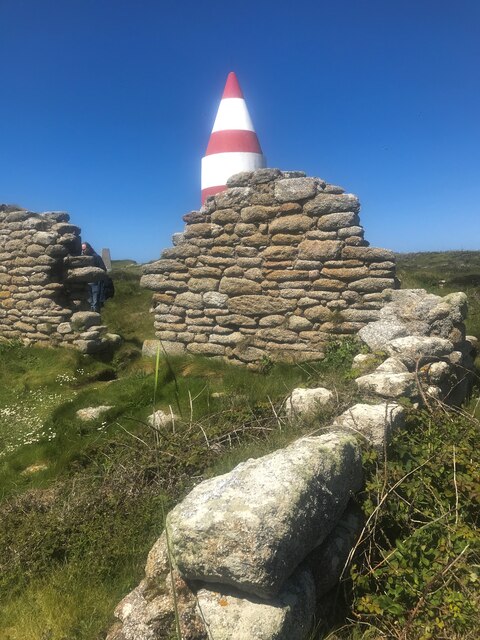
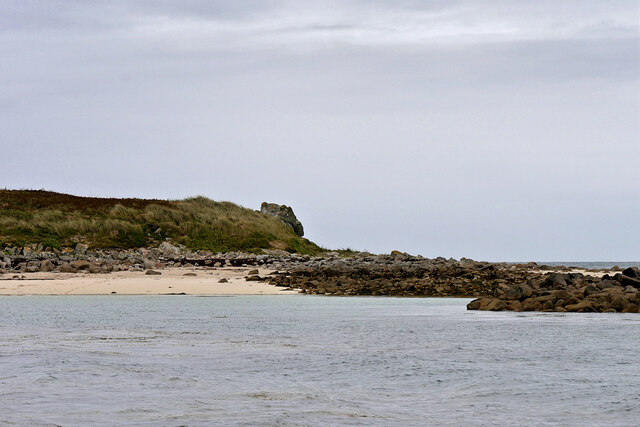
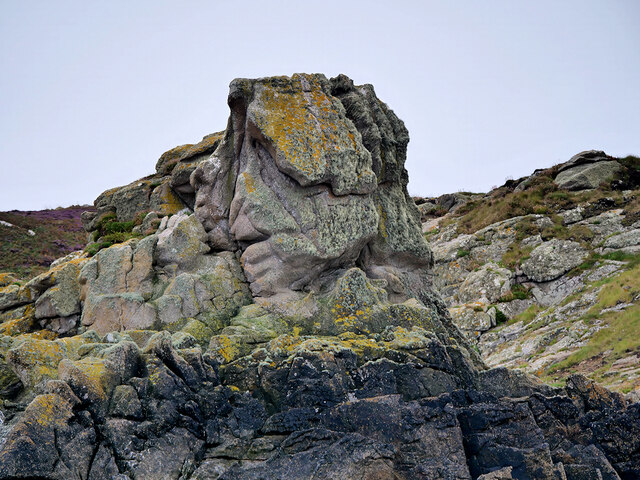
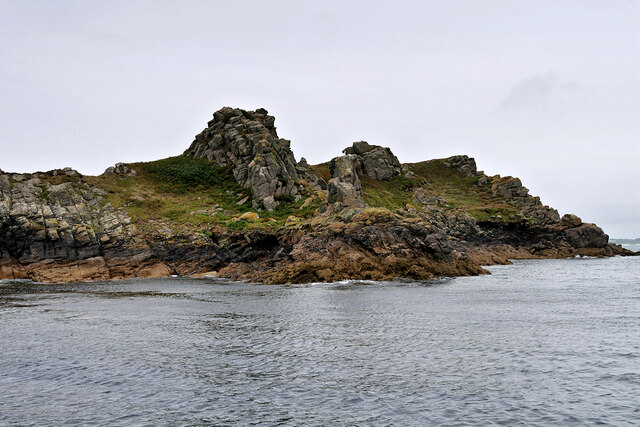
Little English Island Ledge is located at Grid Ref: SV9315 (Lat: 49.95799, Lng: -6.2711698)
Division: Isles of Scilly
Unitary Authority: Isles of Scilly
Police Authority: Devon and Cornwall
What 3 Words
///hazel.pasting.feel. Near St Martin's, Isles of Scilly
Related Wikis
Higher Town, Isles of Scilly
Higher Town (Cornish: Trewartha) is the easternmost and largest settlement on the island of St Martin's in the Isles of Scilly, England. It is situated...
St Martin's Methodist Church, Isles of Scilly
The Methodist Church, St Martin's, Isles of Scilly is a Grade II listed chapel in St Martin's, Isles of Scilly. == History == Bible Christians arrived...
PS Earl of Arran (1860)
PS Earl of Arran was a passenger vessel operated by the Ardrossan Steamboat Company from 1860 to 1871 and the West Cornwall Steam Ship Company from 1871...
St Martin's Church, St Martin's
St Martin's Church, St Martin's is a Grade II listed parish church in the Church of England located in St Martin's, Isles of Scilly, UK. == History... ==
Nearby Amenities
Located within 500m of 49.95799,-6.2711698Have you been to Little English Island Ledge?
Leave your review of Little English Island Ledge below (or comments, questions and feedback).
